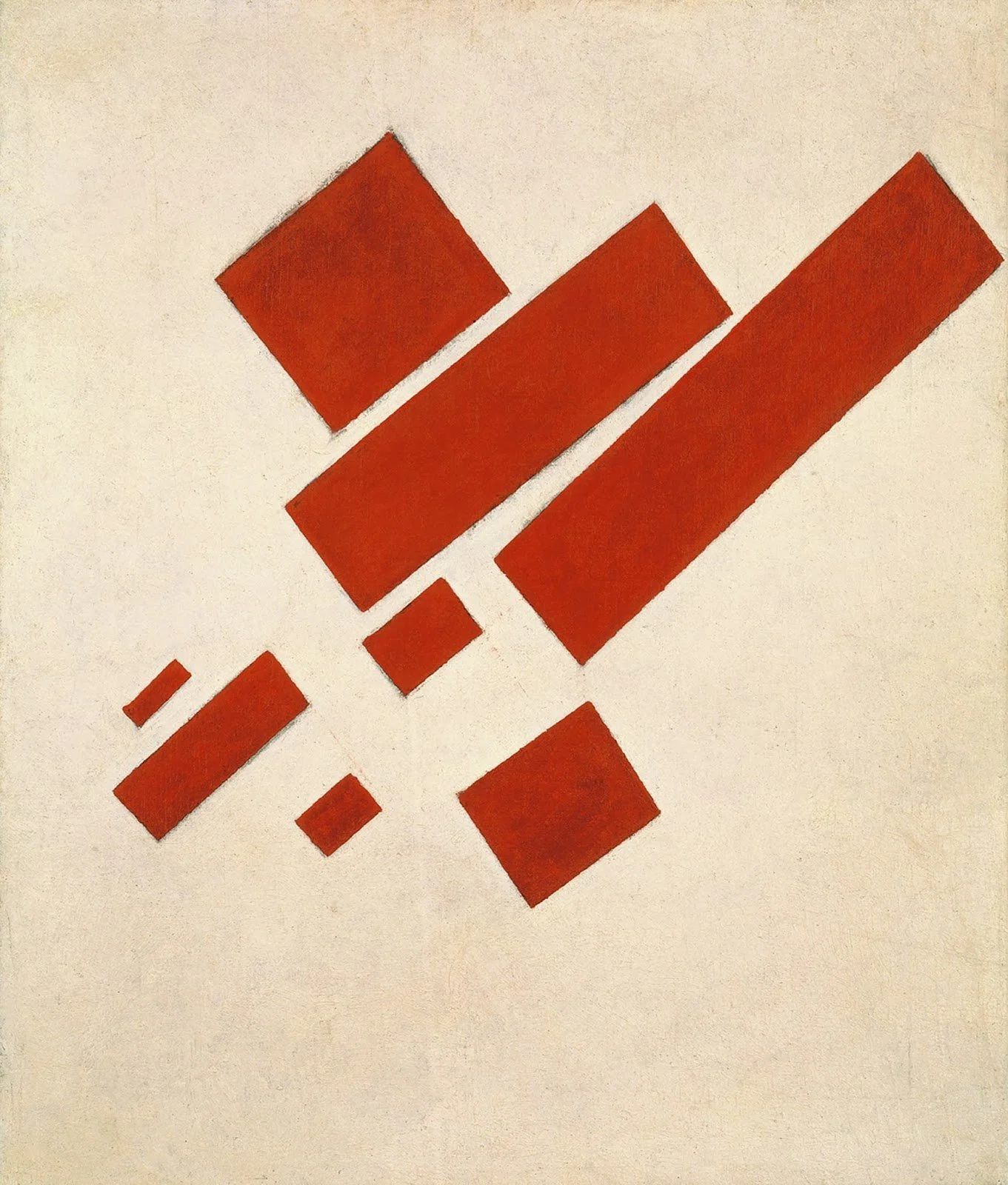The Long View
Upcoming Events
The Long View is dedicated to ideas, to long-form arguments and to the nexus between up-to-the-minute public debate and rigorous research.
Its geographic scope is the former Soviet Union, including the post-Soviet diaspora populations that are present across the globe. The question of policy, of the strategic posture that should be adopted toward the former Soviet Union, is a question for Washington, DC, and for the countries with which the United States is allied, expanding the relevant geography even further. All of this will be within the focus of The Long View.
The Long View seeks integration where there has been fragmentation.
With the demise of the Soviet Union in 1991, two problems arose. The close connection between the academic and the policy worlds - a commonplace of the Cold War and not an unambiguous boon for American academia - began to dissolve. It became harder and harder to link academic research with the task of policy formation. Secondly, the Soviet Union broke into fifteen separate nation states in 1991. Suddenly, they were the “former Soviet Union” or Eurasia, two highly imperfect designations. It is not always or perhaps often necessary to bring these fifteen countries into the same conversation, but neither is it wise to let total disconnection rule, even in a region riven by the horrors of war.
The Long View will be many things at once. It will be a discussion forum - at times virtual, at times in-person - about books, articles, essays and reports, inviting authors to talk about their craft, their research and their new insights. Welcoming debate, The Long View will encompass textual and video interviews, and it will interrogate the “field” of post-Soviet studies (broadly construed) - where it is flourishing and where it needs to be rethought and restructured. At every point, The Long View will be engaged in translation. It will translate for policymakers on the one hand and for the general public on the other. Translation in this context is not simplification. It is clear, vivid, accessible description and explanation.
Inspiration for The Long View comes from the career of James Billington, one of the founders of the Kennan Institute. In his work as a professor and later as the Librarian of Congress, Billington had a genius for consolidating knowledge, and he had a capacious sense of knowledge itself. He characterized his enthusiasm about the Wilson Center, of which he became the director in 1973, in the following words: it was “the prospect of building something new and catalytic to intersect the world of ideas and affairs in Washington.” Relishing “the possibility of emphasizing the humanistic and cultural dimension of international relations,” Billington was concerned circa 1973 about too much number-crunching in academia and in policy circles. He worried as well about “the growth of advocacy polemics.” By helping to create the Kennan Institute a year later, Billington did something meaningful to balance the equation.
Times have changed over the past fifty-two years. The Long View is meant to realize James Billington’s expansive and inspiring vision in the twenty-first century.
Artwork from Untitled (1916) by Wassily Kandinsky



